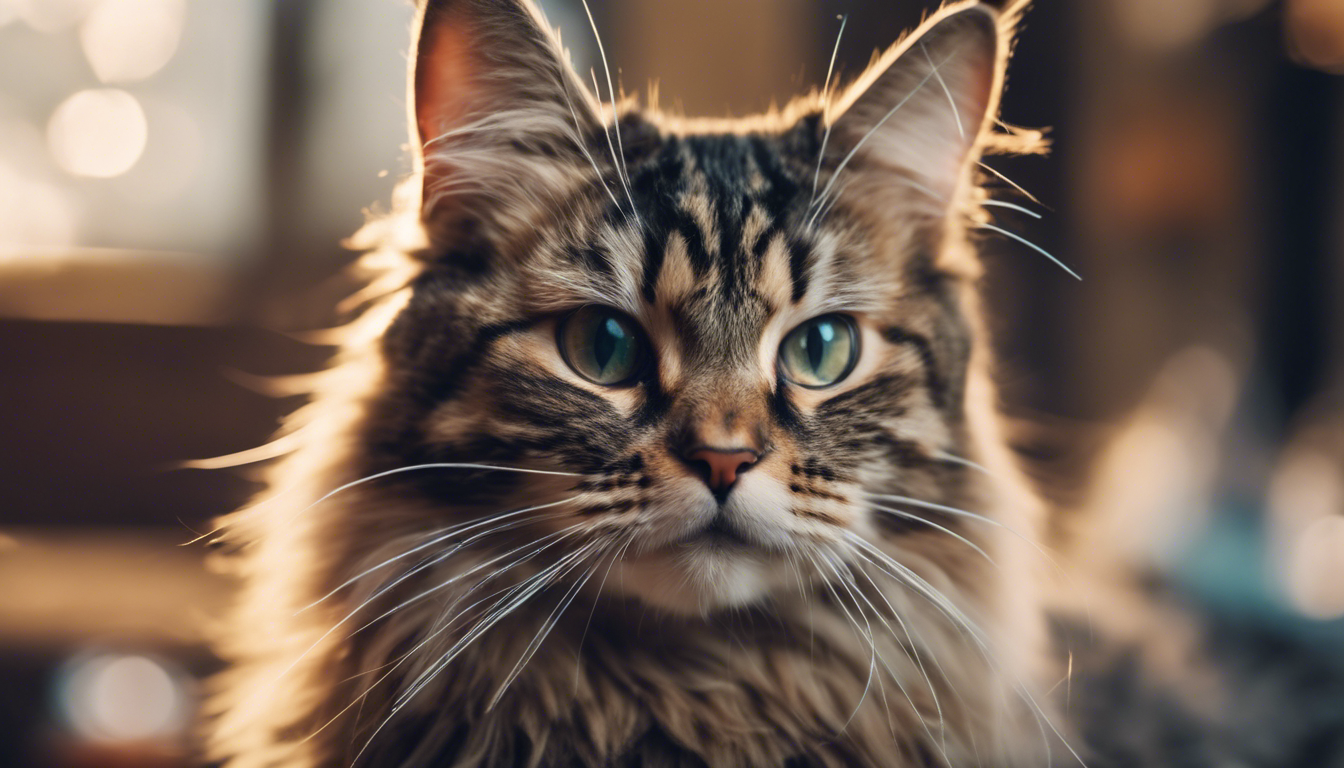Contents
Understanding Your Cat’s Language
Cats, just like people, have various ways of expressing their emotions and intentions. Contrary to widespread belief, a cat’s vocabulary goes beyond purring or meowing. These beloved creatures use their body language to communicate, and their ears play a vital role. But what does your feline friend’s ear posture say? Let’s analyze it together.
Relaxed and Happy
When a cat’s ears are standing straight up, it usually signifies that they are content and relaxed. This is the standard posture, and it may be accompanied by a gentle tail swish and the protective but pleasant opening and closing of the eye. If you walk into a room and your cat’s ears perk up, it means they are happy to see you.
Scared or Anxious
A scared cat will have their ears flat against the head. It’s a defensive posture, a sign of fear or anxiety, often accompanied by a round, wide-eyed look and possibly a hissing sound. At this time, it’s better to leave them alone to recover and calm down.
Fear Mixed with Aggression
If your cat’s ears are pointed backward but not fully flat, this may indicate fear mixed with aggression. The cat is anxious but is also ready to defend itself. This posture coupled with growling or hissing means you should keep your distance.
Curiosity Prevails
When a cat’s ears twitch or rotate, it shows curiosity and interest. They might be interested in the sounds coming from your kitchen or from the rustling leaves outside the window. Such a posture does not warrant any particular reaction, but if you want, you can capitalize on their curiosity and play with them.
Aggressiveness or Irritation
A cat’s erect ears but tilted slightly back also signify aggressiveness or irritation. This position, coupled with twitching tail, shows they are not in the best mood. Respect their space during these times.
Your Attentive Companion
Cats can pivot their ears freely. If you are talking to them, and their ears swivel towards your direction, then they are listening to you. This quirk shows how attentive they can be, further establishing why cats make great companions.
FAQs:
Q: Is a cat’s ear posture a reliable form of communication?
A: Yes, while it might take some time to understand, once you learn it, it can provide insights into your cat’s comfort and mood levels.
Q: What should I do if my cat’s ears are pointed backward?
A: This depends on the situation. If they’re flat and your cat seems scared or anxious, it’s best to give them space. If they’re slightly tilted back and your cat is irritated or aggressive, keeping your distance is the best course of action.
Q: My cat’s ears are twitching rapidly. Is that normal?
A: Yes, this is usually a sign of alertness or curiosity about their surroundings.
A deeper understanding of your cat’s ear positions can lead to better communication with your pet. So, the next time you are gauging your cat’s mood, pay attention to their ears instead of relying solely on their meows and purrs.





